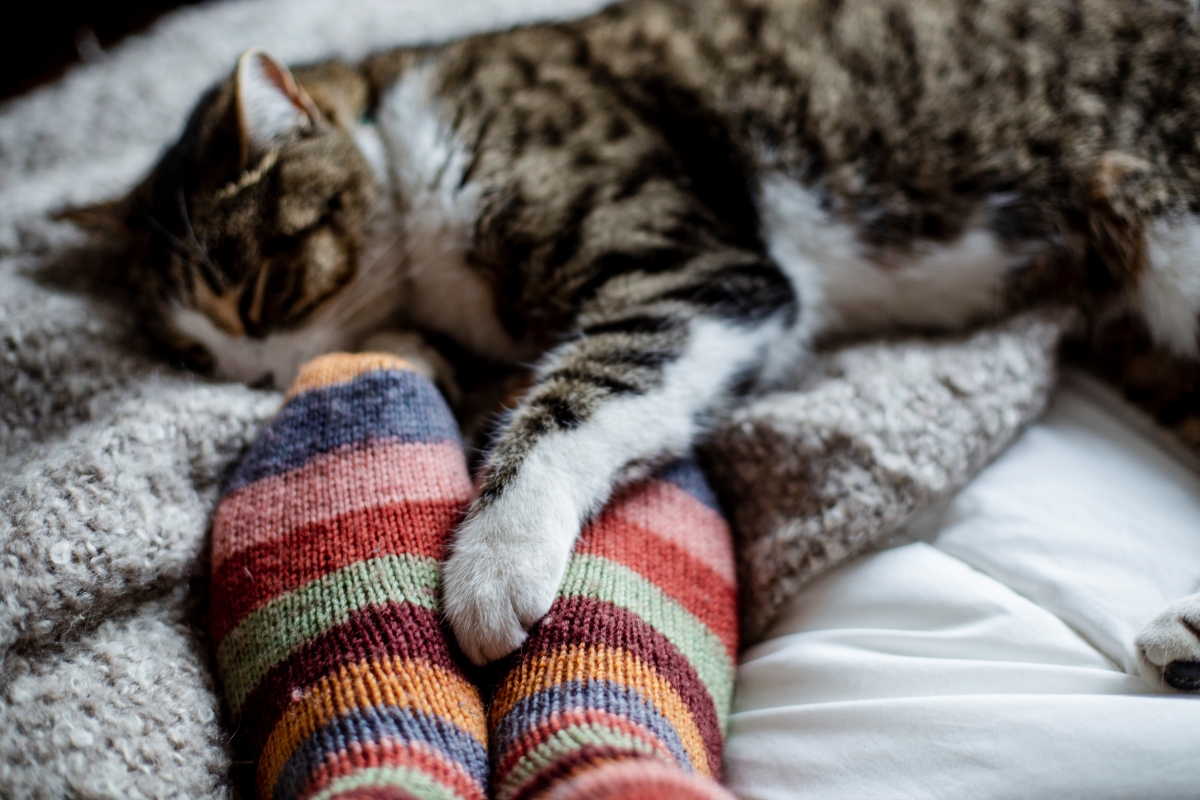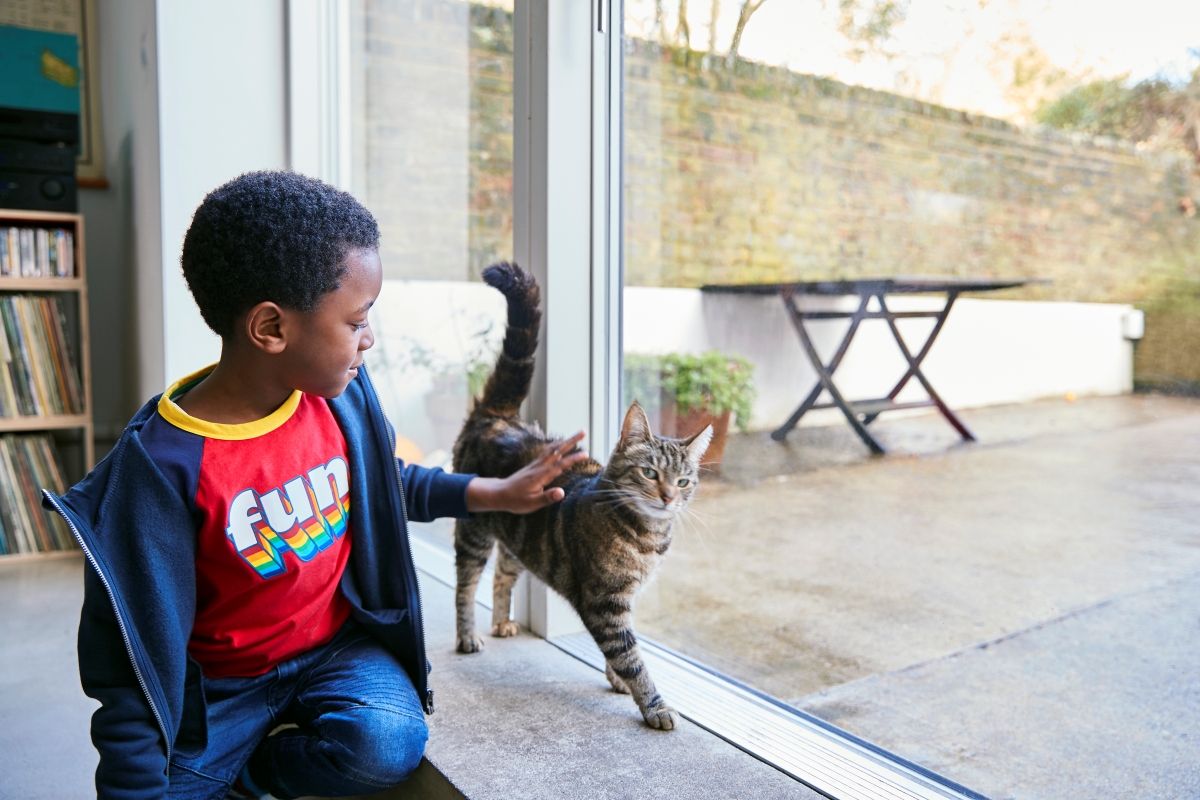Select a country and language
Regulatory constraints and medical practices vary from location to location. Consequently, the information provided on the site in which you enter may not be suitable for use at your location.
Asia Pacific
Europe















Latin America







North America
Seeing our feline friends slow down due to cat arthritis can be challenging, but there are many simple and effective ways to help them at home. Chronic pain can significantly impact your cat's overall well-being, making it crucial to manage their discomfort with appropriate pain control medications. By addressing pain, you can prevent further complications and improve their quality of life. In addition to pain management, making small adjustments at home can help your cat enjoy their favourite activities more comfortably.

Remember, it's important to consult with your veterinary team for appropriate treatment and pain management to ensure your cat stays happy and healthy.
Improving Accessibility
Cats with arthritis may find it challenging to jump or climb onto higher surfaces. However, with a few adjustments, you can help them access their favourite spots, like the couch, stairs, or their beloved perch by the window, with ease.
In some cases, these challenges can be addressed by turning one large jump into several smaller hops. For example, a cat with arthritis might find it easier to reach an armchair from the floor if a small stool or low table is placed nearby. If your cat enjoys sleeping on your bed, a set of steps can make a big difference. You can often find cat steps at pet shops or online, but homemade ones can be just as effective. While adding smaller steps to stairs isn't feasible, you can consider stair treads for better grip. To minimize stair use, move essential items like food, water, sleeping places, toys, litter boxes/pans, and scratching posts to a single floor.
Good Sleeping Places
Cats with arthritis will appreciate a soft, comfortable bed to cushion their sore joints and help them sleep well. Foam bedding provides softness and support while being easy for cats to get in and out of. Avoid very soft, deep bedding and beds with high sides, as these can be difficult for arthritic cats to navigate. Warmth is important, so choose snug, draft-free spots in warm rooms. Cats should have several sleeping spots to choose from, and since they like to be elevated, consider adding steps or a ramp to their sleeping areas.
Toileting Facilities
For cats with arthritis, it's important to make toileting as comfortable and accessible as possible. Choose a litter pan over a litter box and look for one with low rims to make it easy for your cat to climb in and out. The pan should be around one-and-a-half times the length of your cat to allow them to turn around easily inside. Cats usually prefer litter with a sandy texture, as this feels more natural and is easier on their joints. A deep layer (5-7 centimeters) is best for both toileting and for arthritic cats to walk on. Provide at least two litter pans in different locations, away from busy areas of the house, ensuring your cat has easy access without having to travel far. Ensure the litter pans are placed in quiet, draft-free spots to make the environment as comfortable as possible for your cat.

Raising Food and Water Bowls
Cats with arthritis may find it challenging to bend down to eat or drink. Raising your cat's bowls a few inches can make a big difference, allowing them to eat and drink comfortably without straining their neck. You can buy elevated supports for bowls, but a homemade solution, like a small cardboard box, can work just as well.
Cats generally prefer wide, shallow dishes to avoid their whiskers catching on the rim. Keeping water bowls topped up ensures your cat doesn't have to dip their head down too far. Water fountains can also be a great addition, as many cats enjoy drinking from moving water, and these are often naturally elevated.
Conclusion
Arthritis is a progressive disease that causes chronic pain in cats. Although we cannot cure it, appropriate pain control and some modifications in the home can help manage the condition. Regular consultations with your veterinarian will ensure they receive the best care and you get the support you need. These changes will make their environment easier to navigate, allowing them to live their life more comfortably and enjoy a good quality of life for as long as possible.









